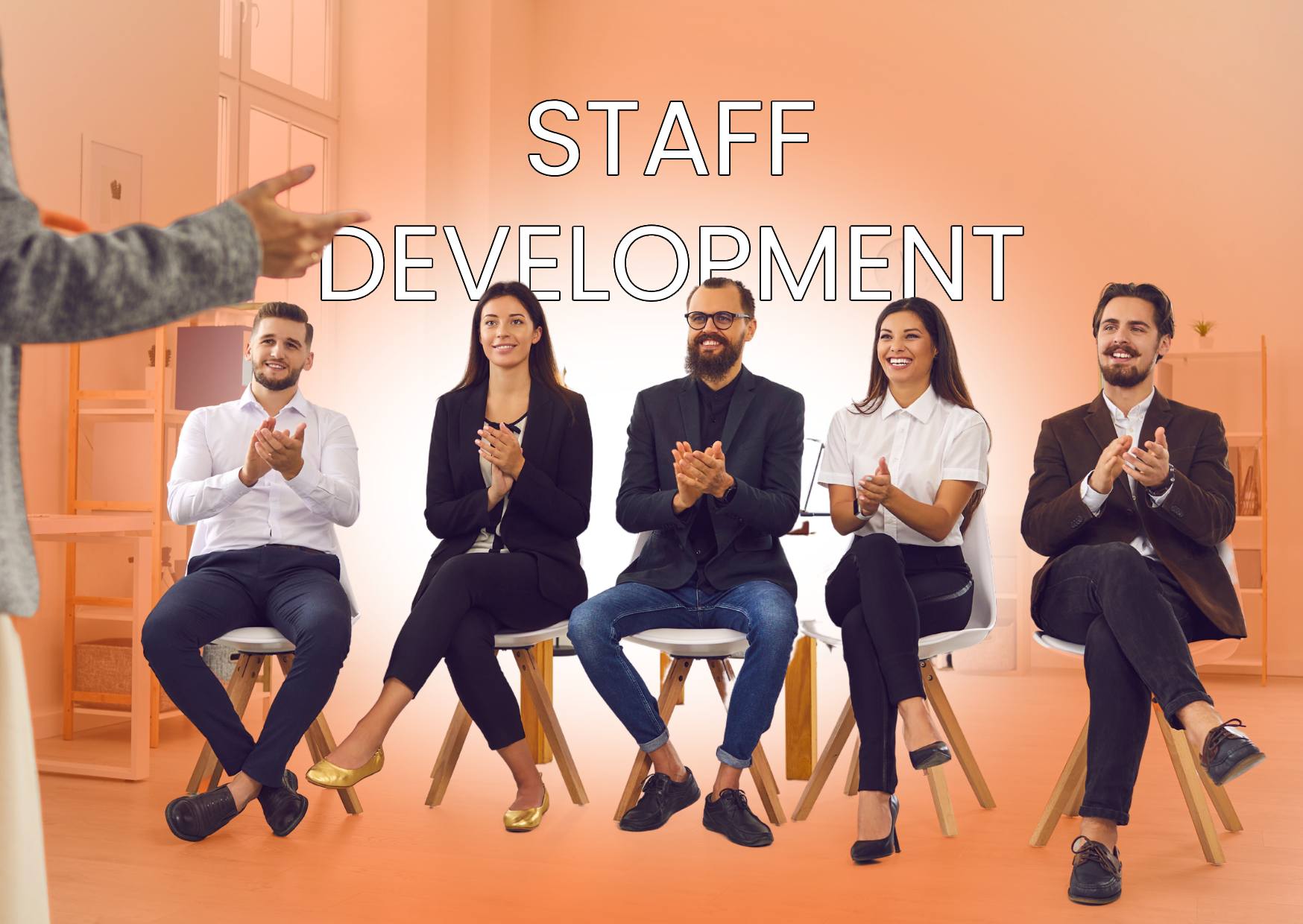10 Effective Ways to Foster Staff Development in Your Organisation
Staff development isn’t just a buzzword, it’s a vital component of a thriving organisation.
If you’re a business leader, HR professional, or even an employee looking to climb the corporate ladder, this blog is for you.
We’ll dive deep into what staff development is, why it’s crucial, and how it differs from professional development.
We’ll also explore ten actionable ways to foster staff development and tackle some challenges you might face along the way.
Contents
The Importance of Staff Development
Staff Development vs Professional Development
10 Ways to Foster Staff Development
The Challenges with Staff Development
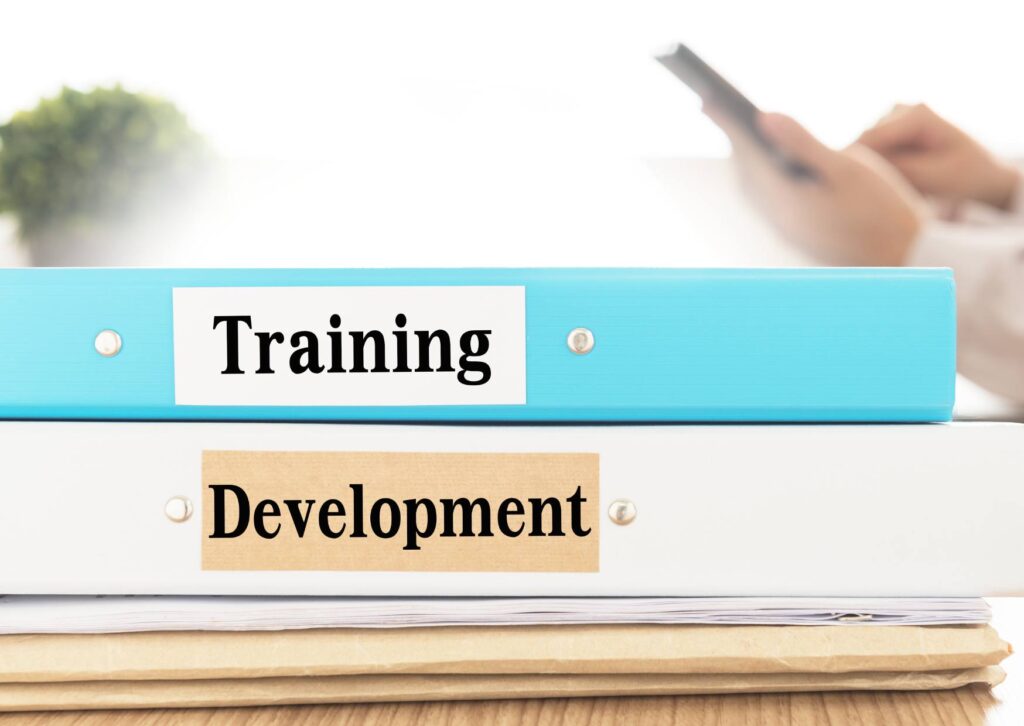
What is Staff Development?
Staff development is more than just a series of training sessions or workshops.
It’s a holistic approach to improving the skills, knowledge, and effectiveness of your team.
Think of it as a long-term investment in your human capital.
Staff development encompasses a range of activities, from formal training and mentorship programs to self-directed learning and on-the-job experiences.
The goal? To not only enhance individual performance but also to elevate the entire organisation.
When your staff grows, so does your business.
It’s a win-win situation that’s too important to overlook.

The Importance of Staff Development
Staff development is not a luxury, it’s a necessity. Why?
Well, for starters, it boosts employee engagement.
When people feel like they’re growing, they’re more likely to stay committed to their jobs.
High engagement levels translate to increased productivity, and who doesn’t want that?
Staff development is also a magnet for top talent.
The best of the best are always looking to improve, and they’ll be drawn to organisations that offer those opportunities.
So, if you’re keen on attracting high-caliber employees, a robust staff development program is your golden ticket.
Lastly, let’s not forget about adaptability.
The business landscape is ever-changing.
New technologies, market shifts, and even global pandemics can throw a wrench in the works.
Well-developed staff can adapt more easily to these changes, keeping your organisation a step ahead of the competition.
Overall, it can acts as the backbone of a resilient, dynamic, and successful organisation.
Ignore it at your own peril.

Staff Development vs Professional Development
What is the difference between staff development and professional development?
While they might seem interchangeable, they’re not quite the same thing.
Let’s break it down.
Staff Development is tailored specifically to your organisation.
It focuses on building skills and knowledge that directly benefit your team and, by extension, your business.
Think of it as the internal growth engine of your company.
Staff development often includes on-the-job training, mentorship programs, and team-building activities.
It’s all about creating a cohesive, skilled, and efficient workforce.
Professional Development, on the other hand, is a broader concept.
It’s more about the individual’s career growth, irrespective of the organisation they work for.
This could involve attending industry conferences, taking online courses, or even going back to school for an advanced degree.
The focus here is on personal growth and career advancement.
So, while staff development aims to cultivate a thriving team that benefits the organisation, professional development is more about individual career growth.
Both are important, but they serve different purposes and require different approaches.

10 Ways to Foster Staff Development
Let’s get into how to actually foster staff development in your organisation.
Here are some actionable strategies:
1. Wellbeing Workshops
Let’s start with something that’s often overlooked but incredibly impactful – wellbeing workshops.
These aren’t your run-of-the-mill training sessions.
Wellbeing workshops focus on the holistic health of your employees, covering topics like stress management, creating new habits, and boosting motivation.
The idea is simple: a healthy employee is a productive employee.
When staff learn techniques to manage stress or improve their daily habits, they’re not just becoming better individuals, they’re becoming better team members.
Plus, these workshops show that the organisation cares about its employees beyond just their work output, which can significantly boost morale and engagement.

2. Mentorship Programs
Mentorship is one of the most effective ways to foster staff development.
Pairing less experienced employees with seasoned professionals can accelerate learning and skill acquisition.
A mentor can provide real-world advice, constructive feedback, and even help in setting career goals.
The benefits aren’t just one-sided.
Mentors often report gaining new insights and a sense of fulfilment from helping others grow.
It’s a symbiotic relationship that enriches the entire team and, by extension, the organisation.

3. Skill-Specific Training
Sometimes, the best way to foster development is to get specific.
Skill-specific training focuses on enhancing particular abilities that are crucial for your organisation.
Whether it’s mastering a new software, improving sales techniques, or learning project management skills, targeted training can fill gaps and elevate performance.
The key is to identify the skills that are most relevant to your team’s success and then offer training programs that address those areas.

4. Cross-Training
Don’t underestimate the power of a multi-skilled workforce.
Cross-training involves teaching employees skills that are outside of their usual responsibilities.
For example, training a marketing team member in basic coding or teaching a finance person about customer service.
This approach not only makes your team more versatile but also fosters a deeper understanding of the organisation as a whole.
Plus, it can be a lifesaver when someone is out sick or leaves the company, you’ll have others who can step in and fill the gap, even if it’s just temporarily.
5. Personal Development Plans
Personal development plans (PDPs) are individualised roadmaps for each employee, outlining their career goals and the steps needed to achieve them.
These plans are co-created by the employee and their manager, ensuring that both short-term and long-term objectives are considered.
PDPs are not just about work-related skills, they can also include personal growth areas like communication, leadership, and time management.
Regular check-ins and updates to the PDP ensure that it remains a dynamic tool for growth, rather than a document that gathers dust in a drawer.
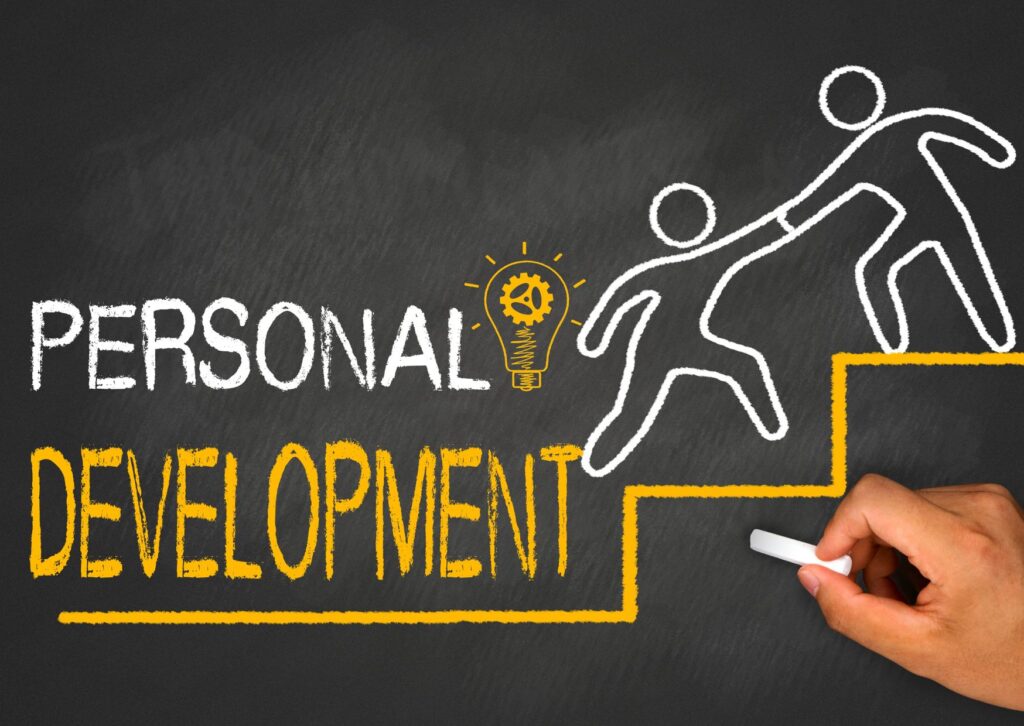
6. Job Rotation
Job rotation is an excellent way to expose employees to different roles within the organisation.
This strategy involves periodically moving employees to different positions or departments, allowing them to gain a broader understanding of the business.
Job rotation can be incredibly motivating, as it breaks the monotony of routine tasks and offers new challenges.
It also helps identify hidden talents and skills among your staff, which can be beneficial for succession planning.
However, it’s crucial to manage these rotations carefully to ensure that they contribute to development rather than causing disruption.
7. Employee Resource Groups (ERGs)
Employee Resource Groups are voluntary, employee-led groups that focus on shared interests or characteristics, such as gender, ethnicity, or even hobbies.
While ERGs are often associated with diversity and inclusion, they can also be powerful tools for staff development.
These groups can offer informal learning opportunities, networking, and even leadership experience as employees take on roles within the group.
ERGs can also serve as a feedback mechanism for the organisation, offering insights into employee needs and concerns that might not surface through formal channels.

8. Regular Feedback and Performance Reviews
Feedback is the breakfast of champions, as they say.
Regular, constructive feedback is crucial for staff development.
But don’t just limit it to annual performance reviews.
Implement a culture of ongoing feedback where employees and managers can have open, honest conversations about performance, goals, and areas for improvement.
This continuous loop of feedback ensures that employees know where they stand and what they need to work on, without having to wait for a formal review.
It creates a dynamic, responsive environment that is conducive to rapid development and improvement.
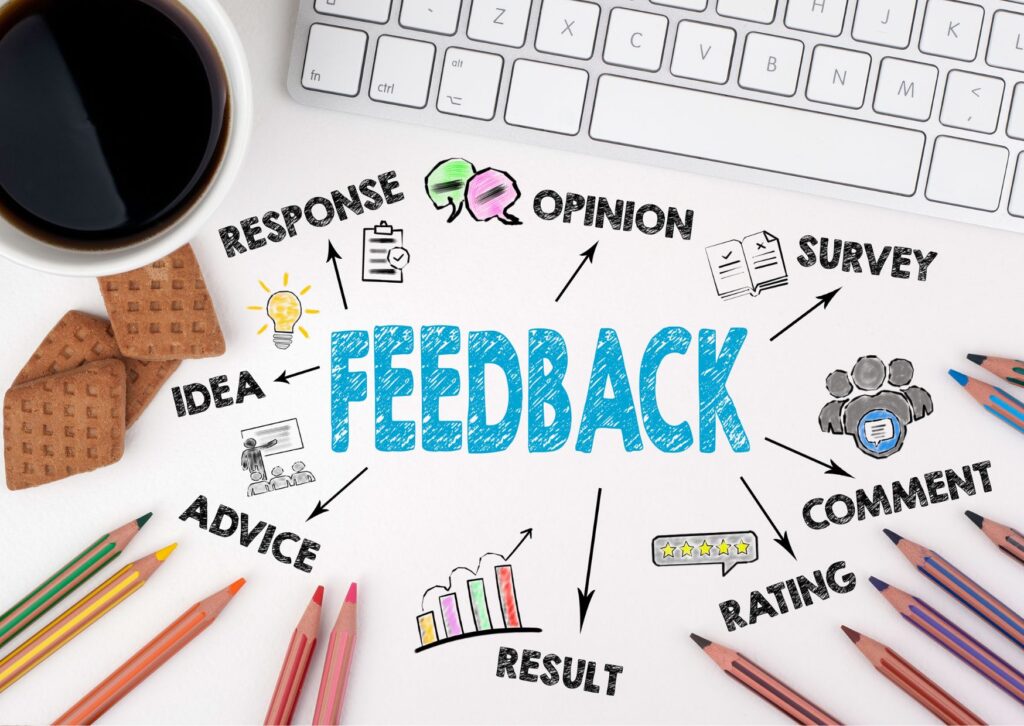
9. Incentive Programs
Incentive programs can be a powerful catalyst for staff development.
These could range from financial bonuses and promotions to non-monetary rewards like extra time off or even simple recognition in team meetings.
The key is to align the incentives with the development goals.
For example, you could offer a bonus for completing a certification course or achieving a specific performance metric.
Incentives not only motivate employees to engage in development activities but also create a sense of achievement and recognition within the team.
10. Leadership Development Programs
Last but certainly not least, consider implementing a leadership development program.
This is especially important for employees who have the potential to take on managerial roles in the future.
Leadership programs often include a mix of formal training, mentorship, and practical experience, such as leading a small project or team.
These programs are designed to cultivate the soft skills required for effective leadership, such as communication, strategic thinking, and emotional intelligence.
By preparing employees for leadership roles, you’re not just developing individual capabilities, you’re also building a strong succession pipeline for your organisation.
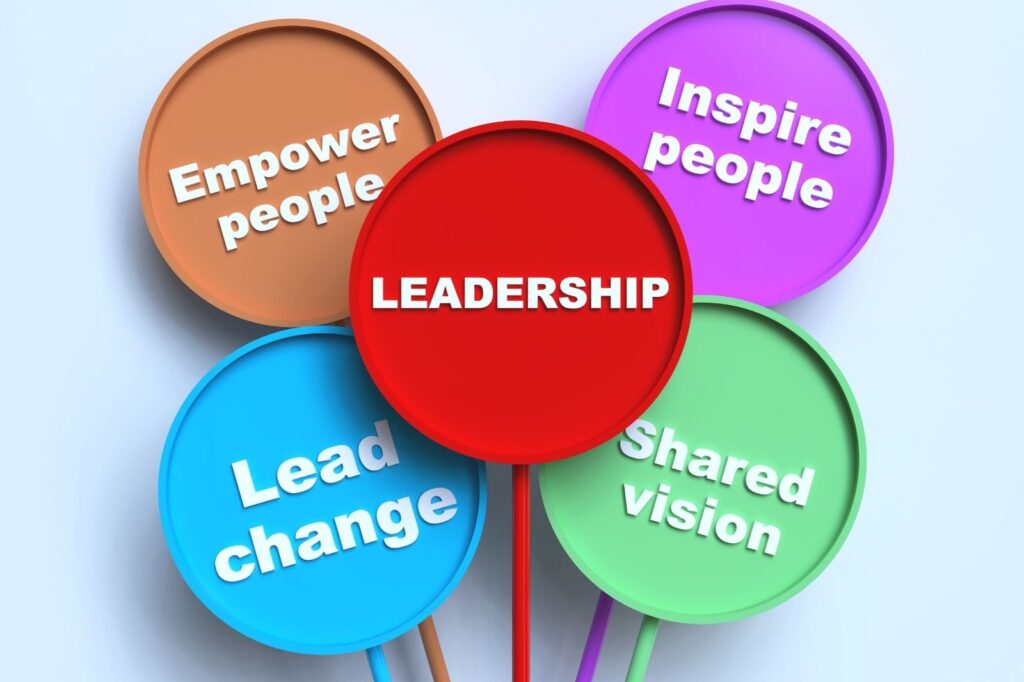
The Challenges with Staff Development
While the benefits of staff development are numerous, it’s not all smooth sailing.
There are challenges that organisations often face when implementing a staff development program.
Let’s look at some of these hurdles.
Budget Constraints
One of the most common challenges is budget.
High-quality training programs, mentorship initiatives, and workshops cost money.
For smaller organisations or those with tight budgets, this can be a significant barrier.
However, it’s essential to view staff development as an investment rather than an expense.
The long-term gains often outweigh the initial costs.

Time Constraints
Time is another precious resource that can hinder staff development efforts.
Employees already have their day-to-day responsibilities, and adding training or development activities can seem overwhelming.
The key is to integrate development into the regular workflow, perhaps by dedicating specific times for training or by using micro-learning modules that can be completed in short bursts.
Lack of Management Support
For any staff development program to succeed, there needs to be buy-in from the top.
If management doesn’t see the value in staff development, it’s challenging to implement a successful program.
This often requires educating leaders about the long-term benefits, both for the employees and the organisation.

Measuring ROI
How do you measure the return on investment (ROI) for staff development?
It’s a tricky question and one that many organisations struggle with.
While some benefits, like increased productivity, can be quantified, others, like improved employee morale, are harder to measure.
Nonetheless, it’s crucial to have some metrics in place to evaluate the effectiveness of your staff development initiatives.
One-Size-Fits-All Approach
Every employee is different, with unique learning styles, career goals, and development needs.
A one-size-fits-all approach to staff development is unlikely to yield optimal results.
Customization is key, but it also adds a layer of complexity to the development program.
Navigating these challenges requires a thoughtful approach, careful planning, and ongoing evaluation.
However, don’t let these hurdles deter you.
The benefits of a well-executed staff development program far outweigh the challenges.

From wellbeing workshops to leadership development programs, there are numerous ways to foster staff growth and, by extension, organisational success.
While challenges like budget constraints and time limitations do exist, the long-term benefits of a robust staff development program are too significant to ignore.
So, if you’re committed to creating a dynamic, engaged, and highly-skilled workforce, now is the time to invest in staff development.
It’s not just about building a better team, it’s about building a better future for your entire organisation.
At Loving Life we help companies support the development of their staff with our employee wellbeing services.
For more info, get in touch here.
Author
Tyler Lowe – Health & Wellbeing Speaker
BSc Sport & Exercise Rehabilitation


